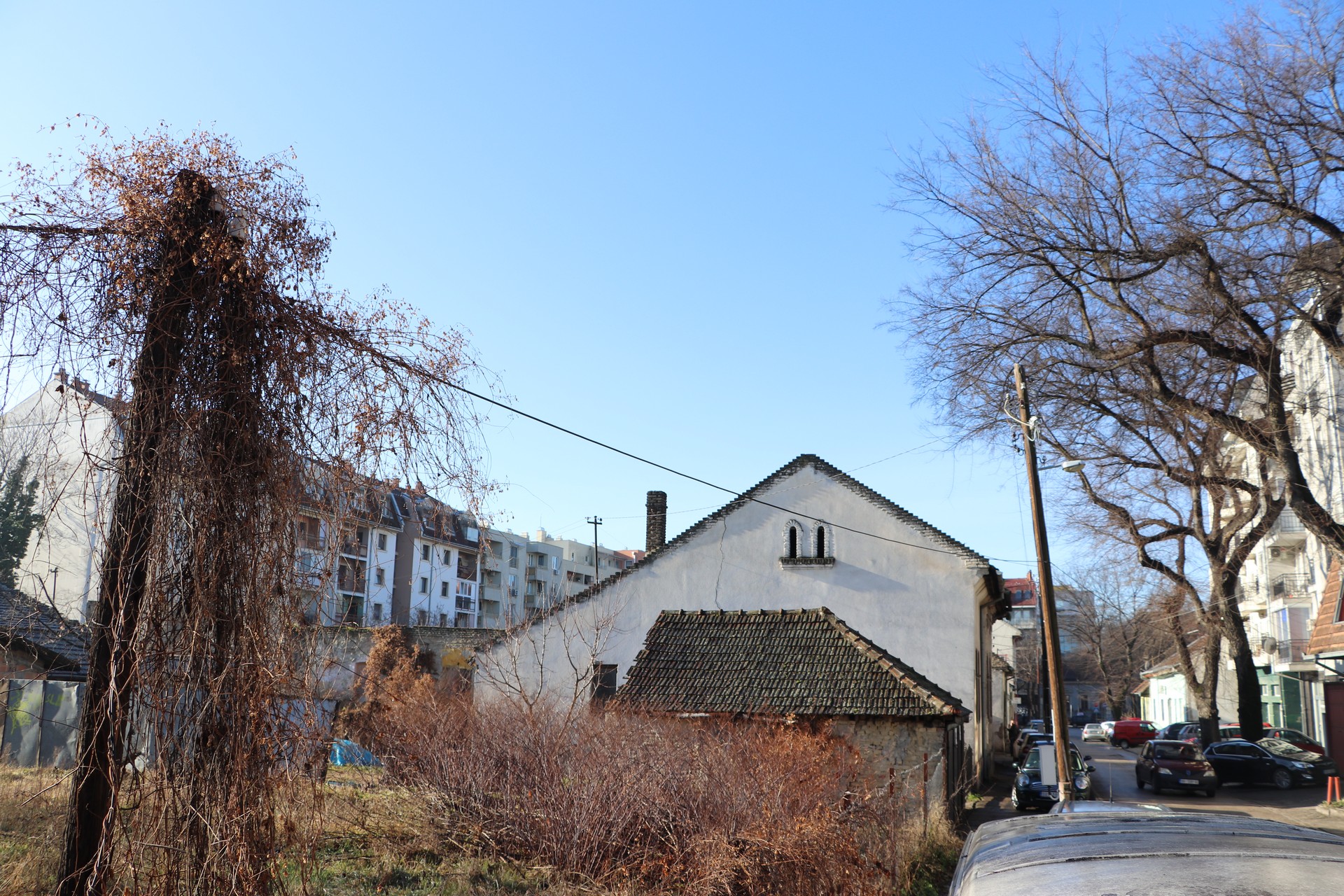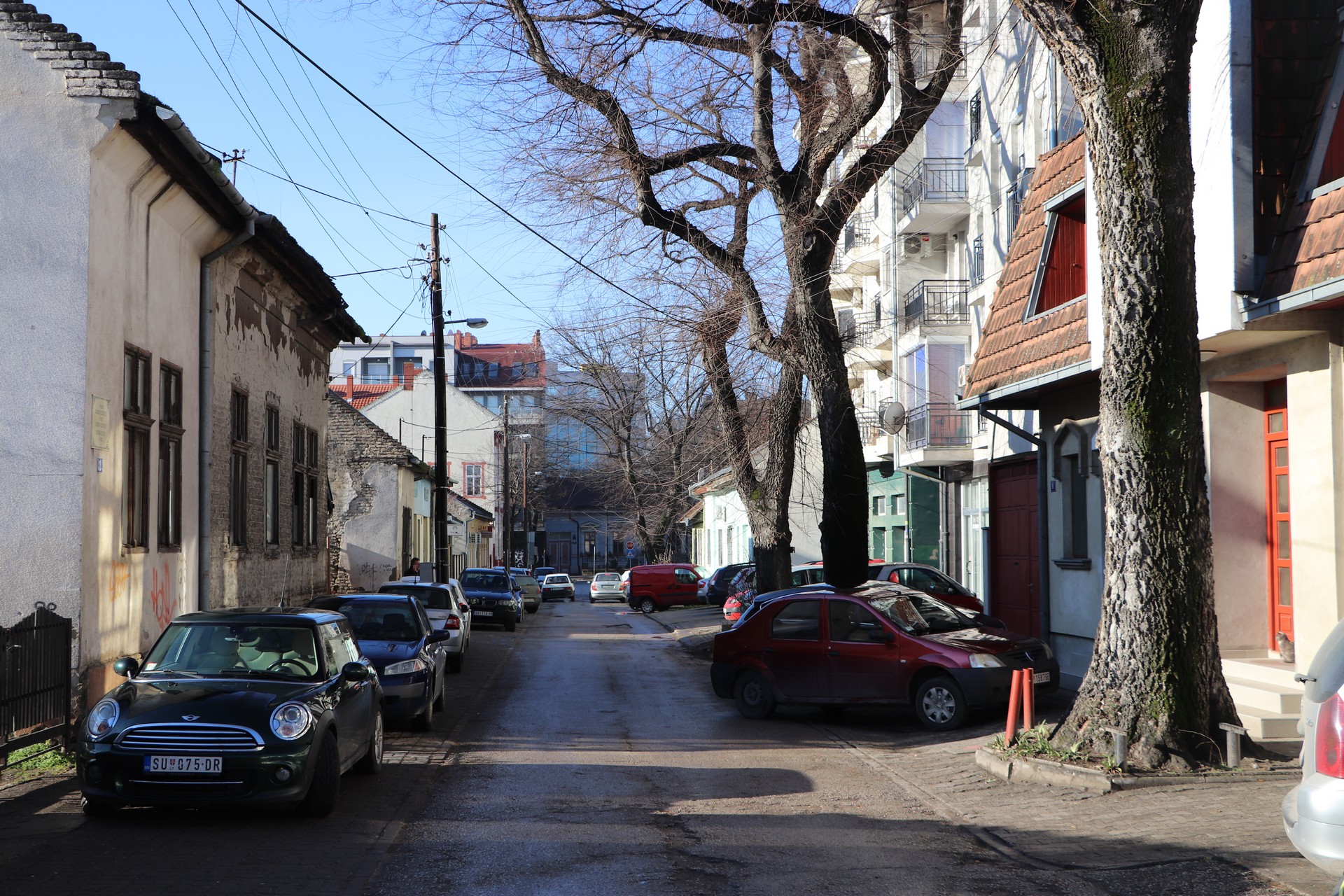- Hitler’s Germany attacked Yugoslavia on the 6th of April 1941. From that point on, the region of Bačka was occupied by Hungary and was considered an integral part of the country.
- At first, Jews were not taken to concentration camps in large numbers, but Jewish men were taken to forced labour camps to clear minefields on the Eastern Front and in Eastern Hungary.
- After German troops entered Hungary, on April 19th 1944, they occupying forces quickly decided to “cleanse the country of Jews”.
- Jewish families were expelled from their homes and forced into an improvised ghetto immediately following the German occupation and up until the 10th of May 1944.
- The ghetto in Subotica consisted of 15 streets and around 100 family houses, in which approximately 3,500 Jews were forced to live.
- For Jews in Subotica, the 16th of June 1944 is perhaps the saddest day in the community’s history. That was when Jewish people from Subotica were herded into cattle wagons and sent to Auschwitz and other Nazi death camps across Europe.
- After the war, only 1,000 Jews returned to their home in Subotica. The survivors tried to continue their lives, but in 1948 about 800 of the remaining Jews left for Israel.


